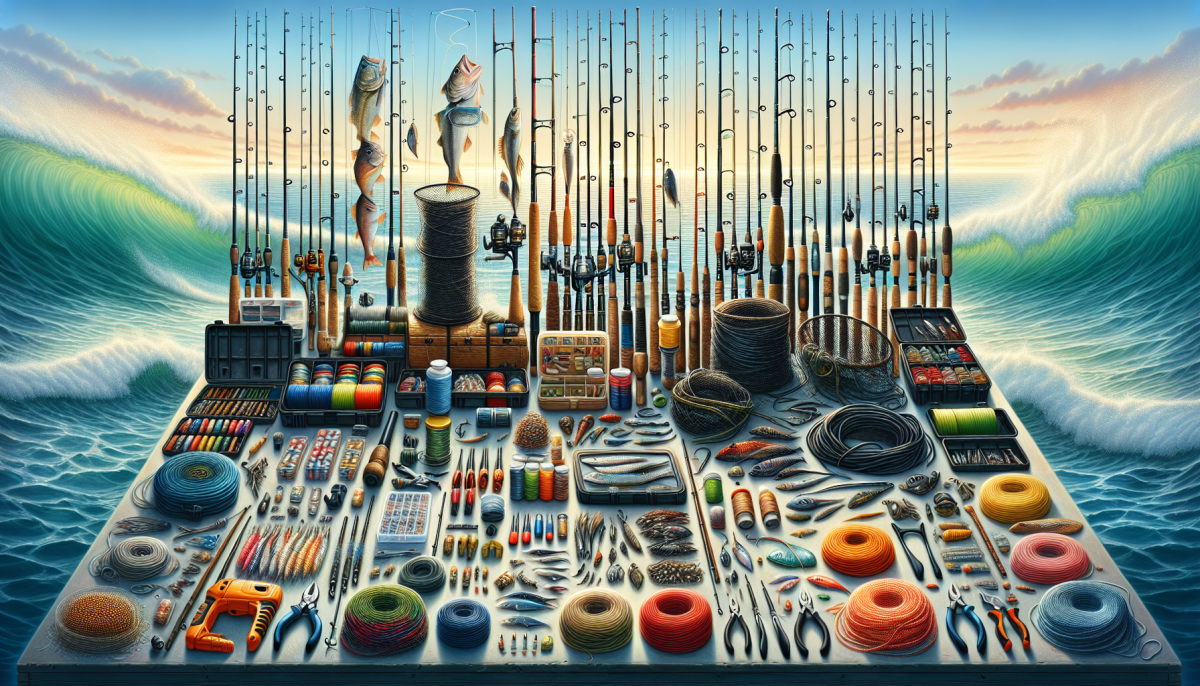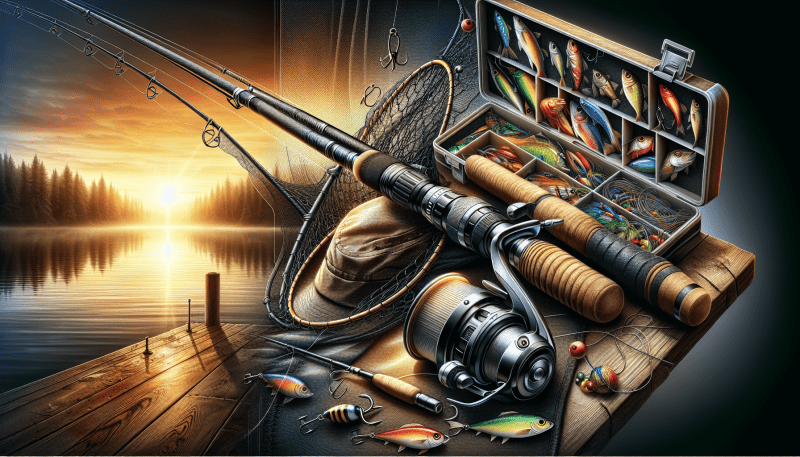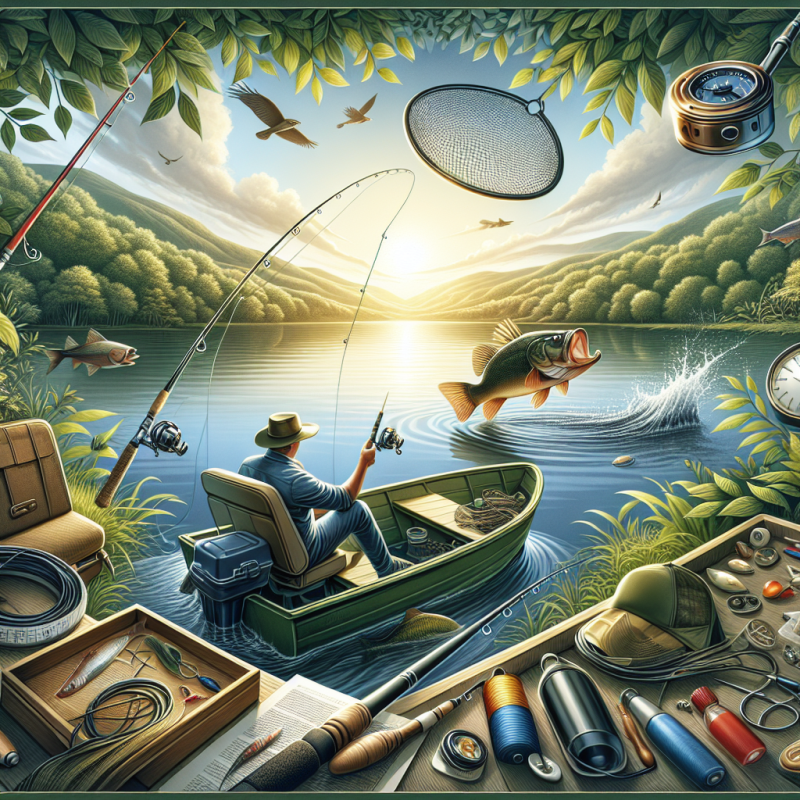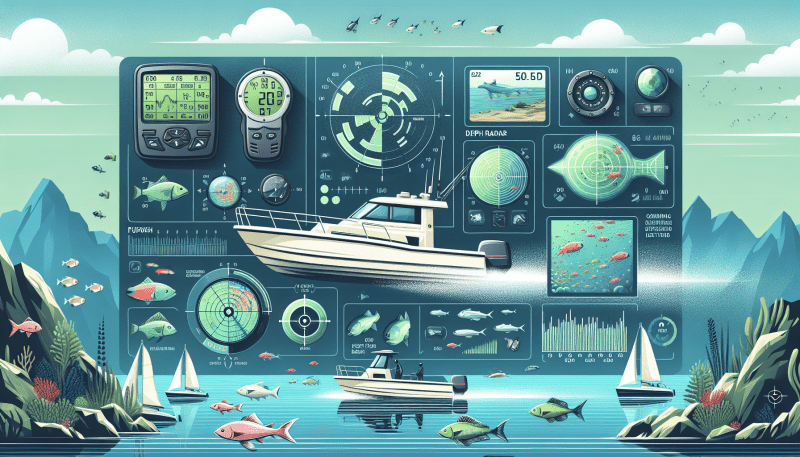First, consider the type of fishing you’ll be doing. Are you heading to a peaceful lake for some bass fishing, or heading out to the ocean for bigger saltwater species? Different environments require different setups. For example, a medium power rod with a spinning reel is great for freshwater lakes, while a heavier rod and baitcaster might be better suited for saltwater fishing.
Next, think about the species you're targeting. If you're after smaller fish, a light tackle setup can give you a more enjoyable time. On the other hand, bigger fish need stronger rods and reels to handle the fight. Knowing the fish you aim for will help narrow down your choices in fishing tackle.
Weight matters too! Lighter rods allow for easier casting and less fatigue, but heavier rods help when you're battling larger fish. If you're just starting out, a medium-weight combo usually works well for a variety of situations. Don’t be afraid to ask for advice at your local tackle shop; they can help guide you based on your needs.
Lastly, it’s all about comfort and feel. When you hold a rod, does it feel good in your hand? Can you easily reach the reel? Take some time to test a few out before buying. A good rod and reel setup should feel like an extension of you, making it easier to enjoy the day on the water.
Must-Have Baits for Successful Fishing
When it comes to fishing tackle, having the right baits can make all the difference in your fishing experience. Whether you’re a seasoned angler or just starting out, certain baits are simply must-haves for reeling in those big catches. Here are some of the basic types of baits you should consider keeping in your tackle box.
1. Live Bait: This is a classic choice for many anglers. Things like worms, minnows, and shrimp can be really effective because they mimic the natural food sources fish are looking for. Plus, depending on what you're hoping to catch, live bait can work wonders. Just remember to keep them fresh!
2. Artificial Lures: These come in all shapes, sizes, and colors—perfect for attracting different types of fish. Crankbaits are great for deep-water fishing, while topwater lures create a splash that can entice fish near the surface. Don’t forget soft plastics like worms and grubs; they can be super effective, too!
3. Jigs: Jigs are an all-around favorite in the fishing tackle world. They can be used in various water conditions and paired with different trailers to match what the fish are feeding on. This versatility makes them a go-to for anglers of all skill levels.
With these key baits in your fishing tackle, you'll be well-equipped for your next outing. Whether you prefer the traditional approach or want to try out some snazzy lures, having a good mix ensures you're ready for whatever bite comes your way!
Tackle Box Essentials for Every Trip
When it comes to fishing tackle, having the right gear can make all the difference on your trip. Whether you’re a seasoned angler or just starting, there are a few essentials you’ll want to pack every time you head out. Let’s dive into some must-have items that are perfect for any fishing adventure.
First up, a good selection of hooks is key. You’ll want a variety of sizes to match the type of fish you’re targeting. From tiny hooks for panfish to larger ones for bass or catfish, having a mixed set ensures you're prepared for whatever bites. Don’t forget to grab some swivels, too; they’ll help reduce line twist and keep your setup smoother.
Next, consider your lures and baits. Plastic worms, crankbaits, and spinnerbaits are popular choices that can attract a wide range of fish. If you prefer live bait, make sure you have a proper bait bucket. It keeps your bait fresh and lively, making it more appealing on the line. And remember, adding some weights can help you cast farther and get your bait into the strike zone!
Don’t overlook the importance of a reliable fishing line. Monofilament, fluorocarbon, or braided line all have their places in your tackle box. Choose what feels right for you based on the water conditions and fish species. Lastly, a sturdy tackle box itself to keep everything organized is a must. You’ll want something that’s easy to carry and can handle a bit of wear and tear.
Tips for Organizing Your Fishing Gear
Getting your fishing gear organized can really make your fishing trips more enjoyable. Nobody wants to waste time digging through a messy tackle box when they could be reeling in the big one. Here are a few easy tips to help you keep your fishing tackle in top shape.
1. Use Clear Storage Bins
Clear bins or tackle trays can be a game changer. You can see exactly what you have without having to open every single container. Categorize your fishing tackle by type—hooks in one bin, lures in another, and so on. This way, when you're in a hurry, you can grab what you need quickly.
2. Label Everything
Labels are your best friend. A simple label maker or even masking tape and a marker can help you identify what's in each box. If you know where everything is, you won't waste time searching when you're on the shore or in a boat.
3. Regularly Declutter
Fishing tackle can accumulate over time. Make it a practice to go through your gear at least once a season. Remove anything that's damaged or that you haven’t used in a while. This will make space for new essentials and keep your setup manageable.
4. Keep Your Gear Dry
Moisture is the enemy of fishing tackle. Always dry your gear after use and store it in a dry place. You might also consider using silica gel packets in your tackle boxes to keep everything moisture-free. This little step can save you from rusty hooks and worn-out lures!



